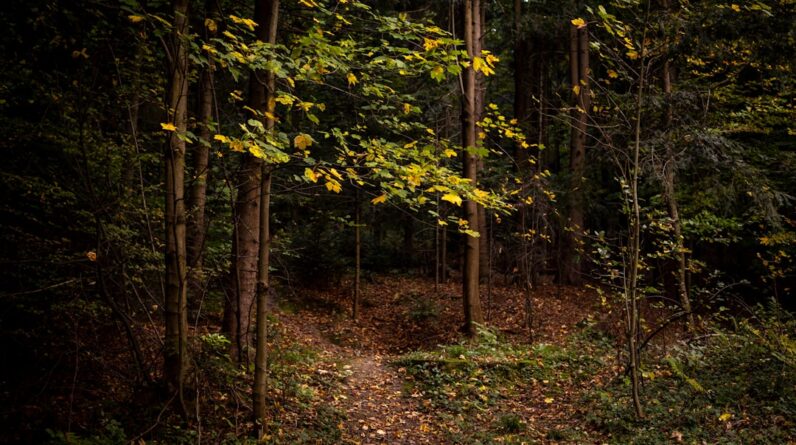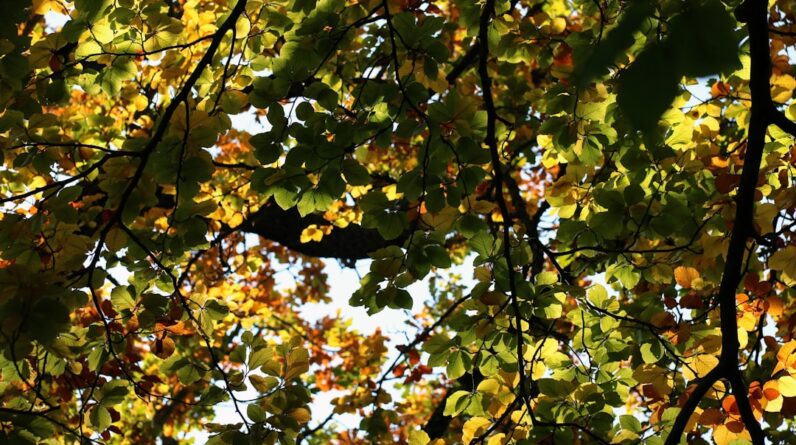Ottawa, the capital city of Canada, is known for its stunning green spaces and cityscapes. With its abundance of parks, gardens, and recreational areas, Ottawa offers residents and visitors alike the opportunity to connect with nature and enjoy the beauty of the outdoors. From the expansive Gatineau Park to the picturesque Rideau Canal, Ottawa’s green spaces provide a welcome respite from the hustle and bustle of city life.
Key Takeaways
- Green spaces in Ottawa provide numerous benefits to both the environment and the community.
- Urban planning and design strategies are crucial for creating and maintaining green spaces in the city.
- Ottawa’s parks and recreation spaces offer a variety of opportunities for nature lovers to enjoy the outdoors.
- Community gardens play an important role in enhancing urban life and promoting sustainability in Ottawa.
- Sustainable landscaping techniques can help urban gardens thrive in the city’s unique environment.
The Importance of Green Spaces in Urban Environments
Green spaces play a crucial role in urban environments, providing numerous benefits for both individuals and communities. Firstly, green spaces have been shown to have a positive impact on physical and mental health. Spending time in nature has been linked to reduced stress levels, improved mood, and increased physical activity. In addition, green spaces can help mitigate the effects of air pollution by absorbing carbon dioxide and releasing oxygen, improving air quality in urban areas.
Furthermore, green spaces contribute to the overall well-being of communities by providing opportunities for social interaction and community engagement. Parks and recreational areas serve as gathering places for people of all ages, fostering a sense of belonging and community pride. Additionally, green spaces can have economic benefits by attracting tourists and boosting property values in surrounding areas.
Urban Planning and Design Strategies for Green Spaces in Ottawa
Incorporating green spaces into urban planning is essential for creating sustainable and livable cities. Ottawa has implemented various urban design strategies to maximize the benefits of green spaces. One example is the integration of parks and green corridors into the city’s transportation network. By creating pedestrian-friendly pathways and bike lanes that connect different neighborhoods, Ottawa encourages active transportation and reduces reliance on cars.
Another successful strategy is the preservation of natural habitats within urban areas. Ottawa has designated several protected areas, such as the Mer Bleue Bog and Stony Swamp, which provide important habitats for wildlife and serve as educational and recreational spaces for residents. Additionally, the city has implemented green roof policies, requiring new buildings to incorporate green roofs or walls to enhance biodiversity and reduce stormwater runoff.
Ottawa’s Parks and Recreation Spaces: A Haven for Nature Lovers
Ottawa is home to a wide range of parks and recreation spaces that cater to nature lovers of all ages. Gatineau Park, located just a short drive from downtown Ottawa, offers over 360 square kilometers of pristine wilderness. With its extensive network of hiking trails, scenic lookouts, and lakes for swimming and boating, Gatineau Park is a popular destination for outdoor enthusiasts.
Closer to the city center, Major’s Hill Park provides stunning views of the Parliament Buildings and the Ottawa River. This urban oasis features beautifully landscaped gardens, picnic areas, and an outdoor amphitheater that hosts concerts and cultural events throughout the year. Another popular park is Andrew Haydon Park, located along the Ottawa River. This expansive green space offers walking trails, a beach area, and a marina for boating enthusiasts.
The Role of Community Gardens in Enhancing Urban Life in Ottawa
Community gardens have become increasingly popular in urban areas as a way to promote sustainable living and community engagement. Ottawa is home to several successful community gardens that provide individuals and communities with access to fresh produce, educational opportunities, and a sense of belonging.
One example is the Just Food Farm, located in the Greenbelt area of Ottawa. This community farm offers plots for individuals and families to grow their own food, as well as educational programs on sustainable agriculture and food security. The farm also hosts community events and workshops to promote healthy eating and environmental stewardship.
Another successful community garden in Ottawa is the Centretown Community Garden, located in downtown Ottawa. This garden provides residents with the opportunity to grow their own food in a communal setting. In addition to individual plots, the garden features a communal herb garden, a children’s garden, and a gathering space for community events.
Sustainable Landscaping Techniques for Urban Gardens in Ottawa

Sustainable landscaping techniques are essential for creating and maintaining urban gardens in Ottawa. These techniques help conserve water, reduce waste, and promote biodiversity. One example is the use of native plants in garden design. Native plants are well-adapted to the local climate and require less water and maintenance compared to non-native species. They also provide important habitat for pollinators and other wildlife.
Another sustainable landscaping technique is the use of rainwater harvesting systems. By collecting rainwater from rooftops and storing it in barrels or cisterns, urban gardeners can reduce their reliance on municipal water sources and conserve water during dry periods. Additionally, using organic fertilizers and practicing composting can help improve soil health and reduce the need for synthetic chemicals.
Urban Agriculture: A Growing Trend in Ottawa’s Green Spaces
Urban agriculture has gained popularity in recent years as a way to promote food security, sustainability, and community engagement. Ottawa has embraced this trend by implementing various initiatives to support urban agriculture. The city offers grants and incentives for individuals and organizations to start community gardens, rooftop gardens, and urban farms.
One example of urban agriculture in Ottawa is the Ottawa City Farm, located in the heart of downtown Ottawa. This urban farm grows a wide variety of fruits, vegetables, and herbs using organic farming practices. The farm also offers educational programs and workshops on sustainable agriculture and food production.
The Benefits of Green Roofs and Walls in Urban Environments
Green roofs and walls are innovative solutions for maximizing green space in urban environments. Green roofs involve covering rooftops with vegetation, while green walls are vertical gardens that can be attached to the exterior of buildings. These green infrastructure elements provide numerous benefits for individuals and communities.
One of the main benefits of green roofs and walls is their ability to reduce the urban heat island effect. By absorbing and evaporating heat, green roofs and walls can help cool buildings and reduce energy consumption for air conditioning. They also improve air quality by filtering pollutants and capturing carbon dioxide.
The Role of Public Art in Enhancing Ottawa’s Green Spaces
Public art plays a crucial role in enhancing the aesthetic appeal and cultural identity of urban environments. Ottawa has embraced public art in its green spaces, with numerous installations that celebrate the city’s history, culture, and natural beauty.
One example is the Maman sculpture by Louise Bourgeois, located outside the National Gallery of Canada. This iconic sculpture depicts a giant spider and has become a symbol of Ottawa’s vibrant arts scene. Another notable public art installation is the Contemplative Figures by Bruce Garner, located in Confederation Park. These bronze sculptures depict figures engaged in various activities, inviting visitors to reflect and engage with the surrounding green space.
The Future of Green Spaces and Cityscapes in Ottawa
As Ottawa continues to grow and develop, it is crucial to prioritize the preservation and expansion of green spaces and cityscapes. Continued investment in urban planning strategies, community gardens, sustainable landscaping techniques, urban agriculture, green roofs and walls, and public art will ensure that Ottawa remains a vibrant and livable city for generations to come. With its commitment to sustainability and environmental stewardship, Ottawa has the potential to become a model for other cities seeking to create greener and more sustainable urban environments.
If you’re interested in maintaining a healthy lifestyle while living in the city, you might also enjoy reading about “The 1 Key to Weight Loss” from Travelogs.org. This article provides valuable insights and tips on how to achieve your weight loss goals effectively. Whether you’re looking to shed a few pounds or simply maintain a healthy weight, this article offers practical advice that can help you on your journey. Check it out here!








